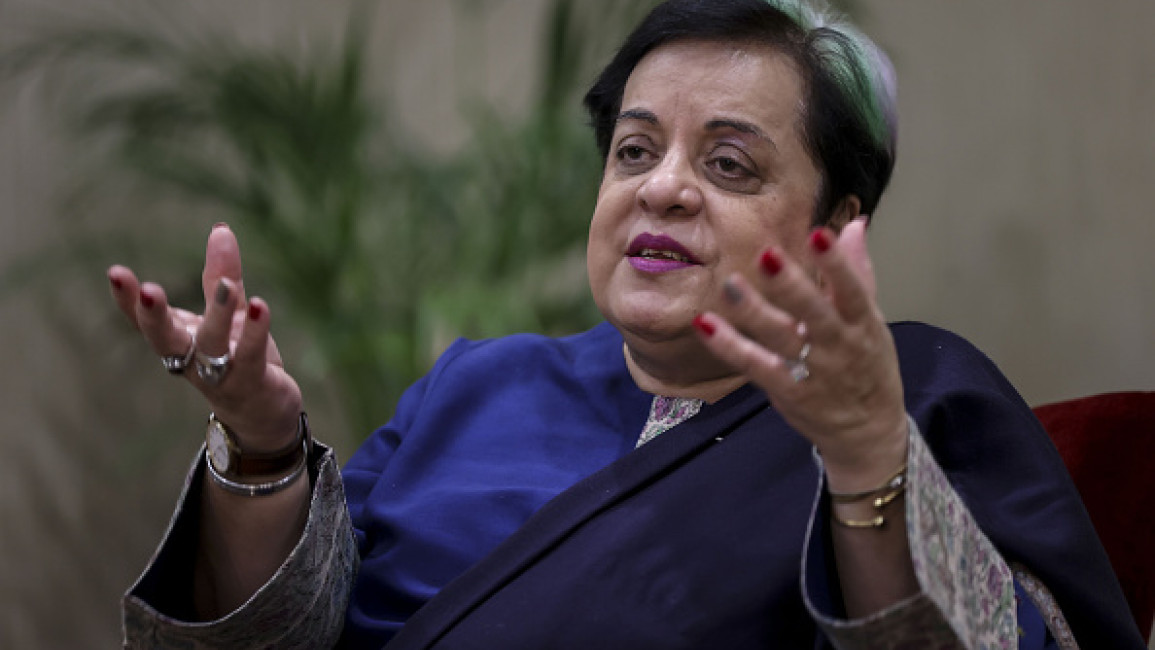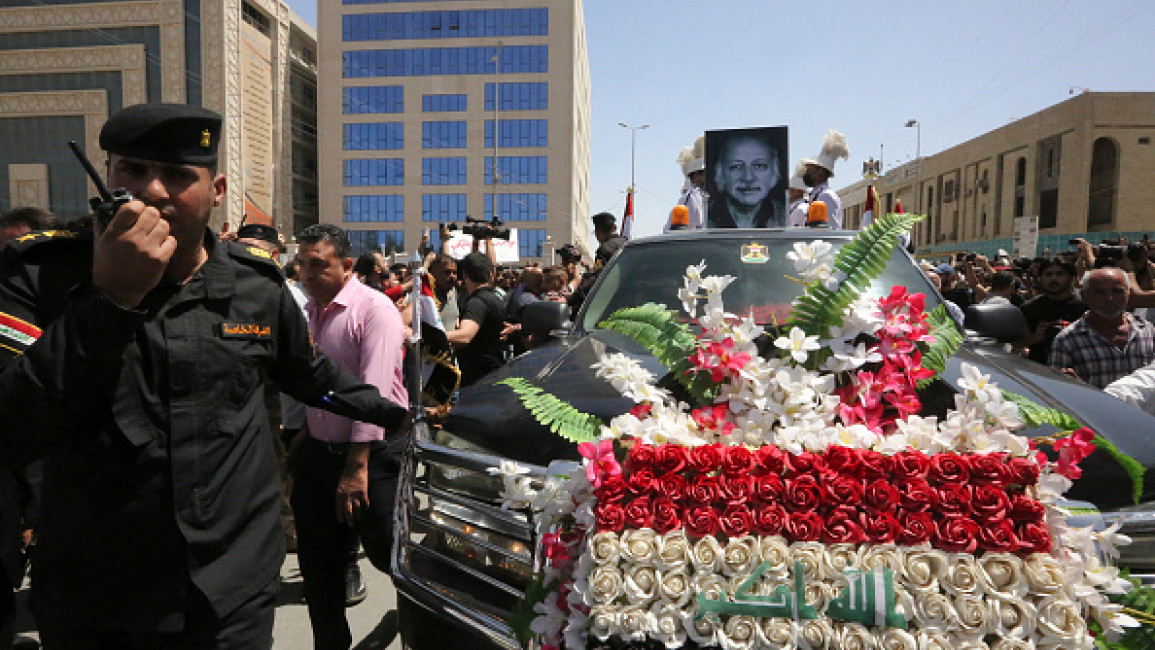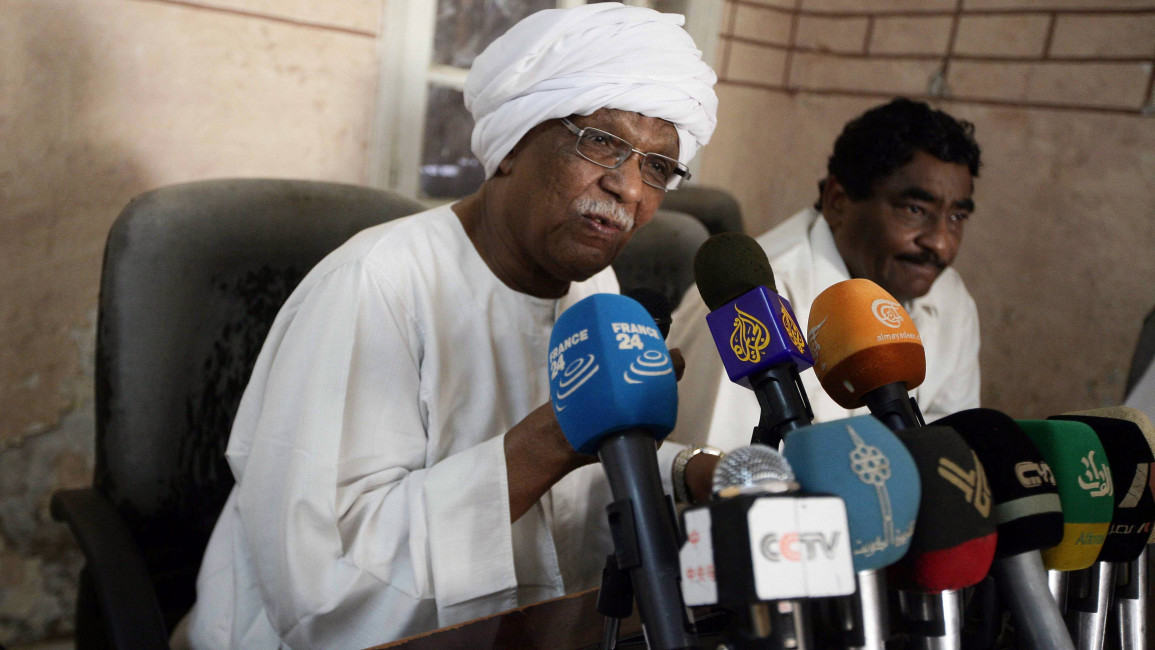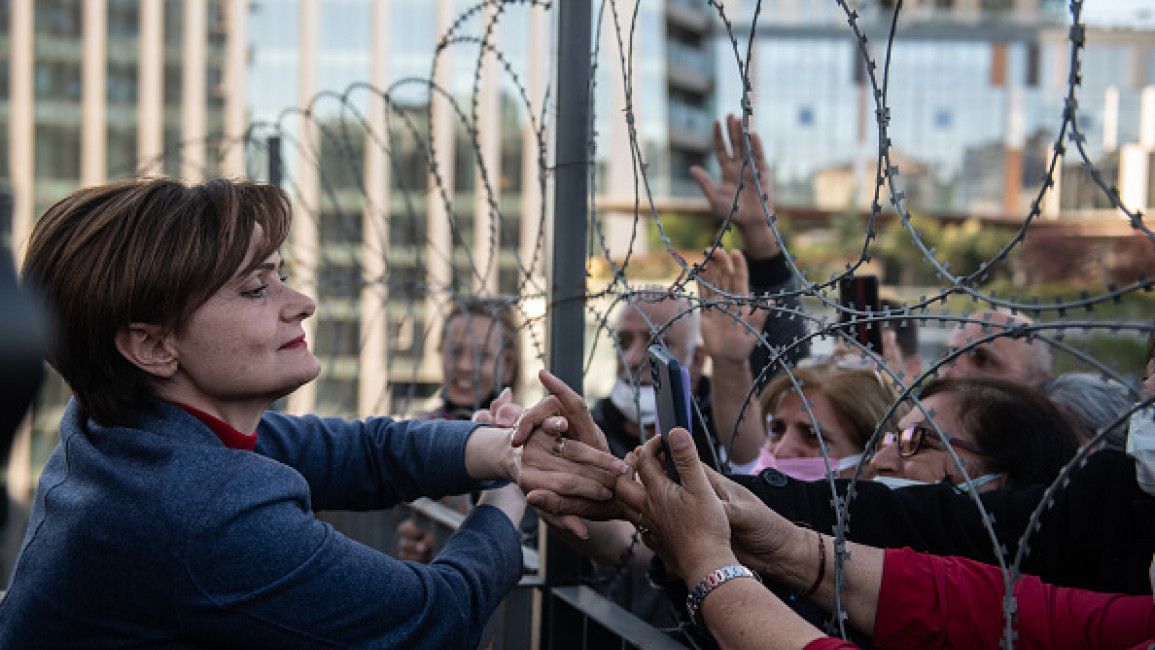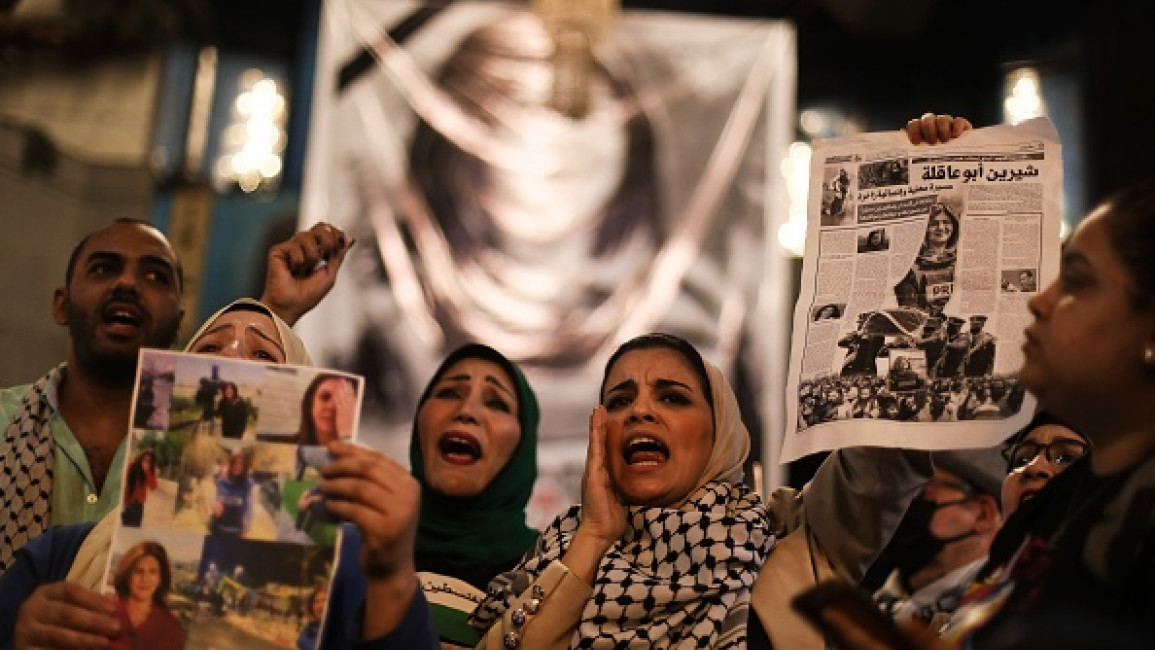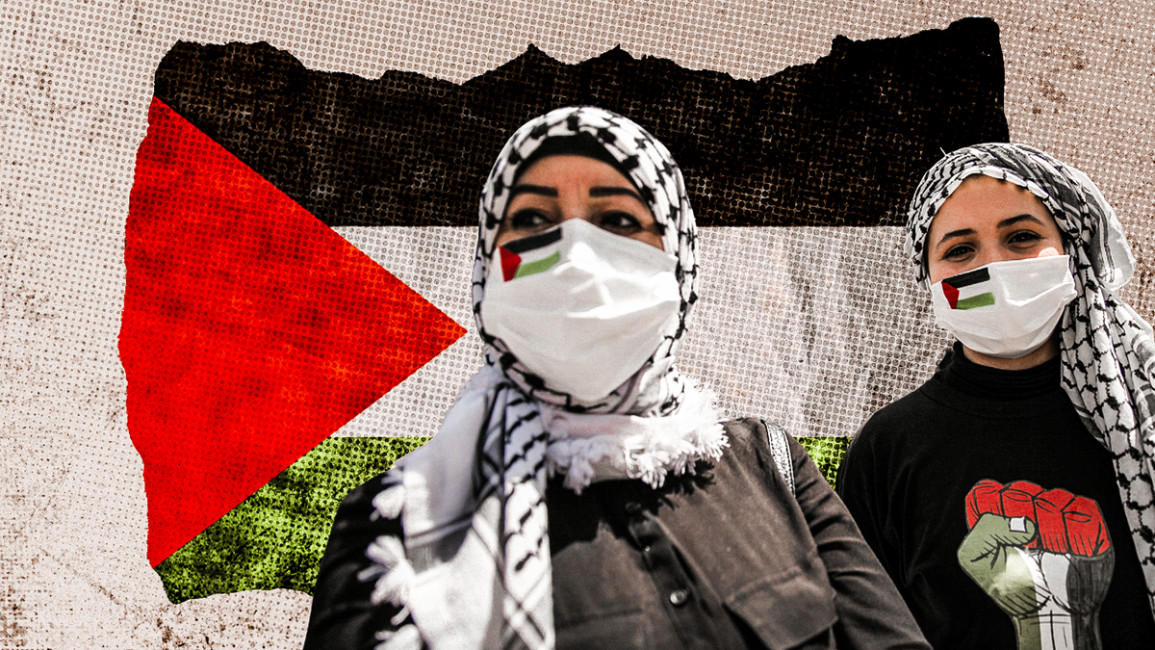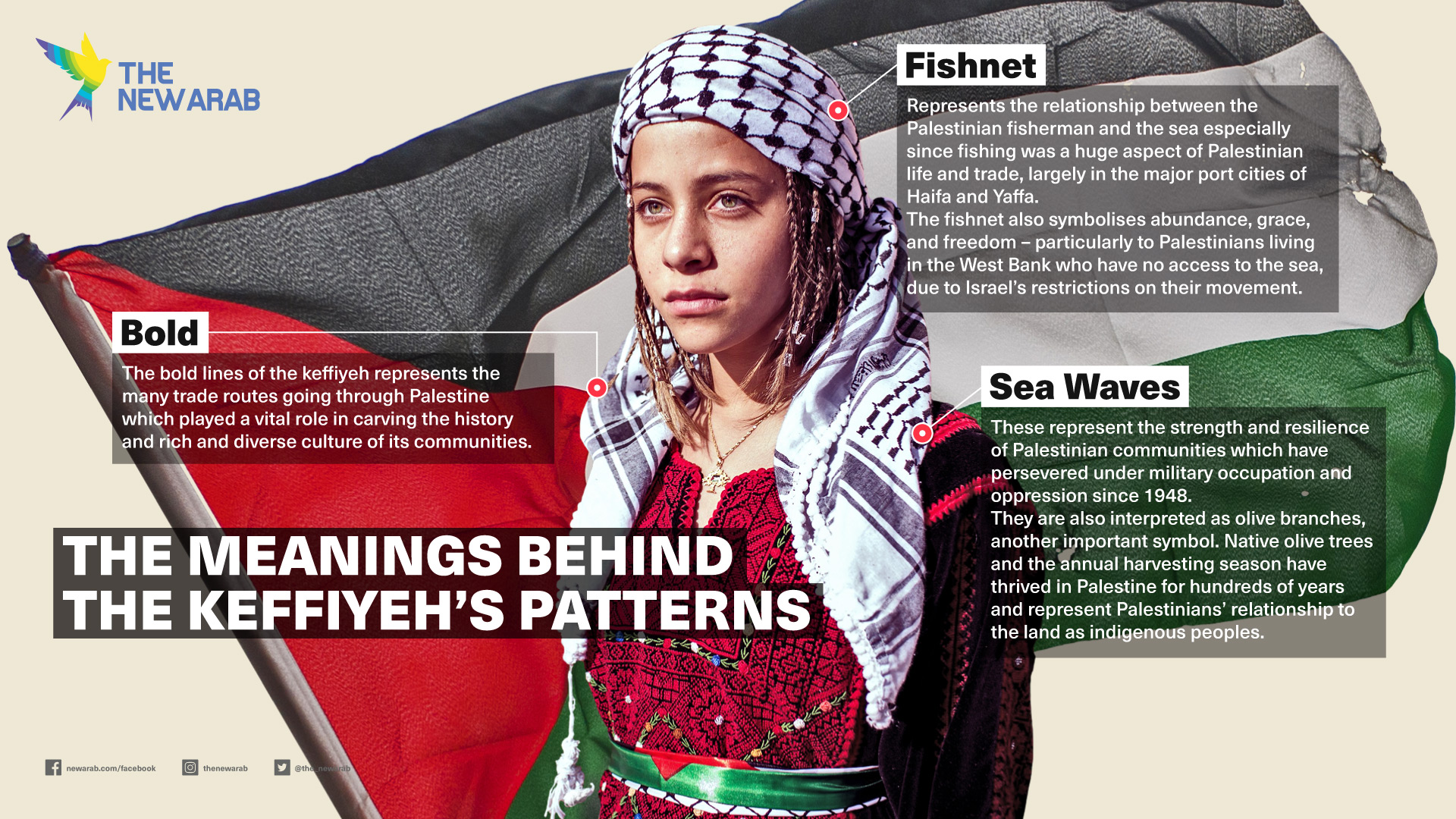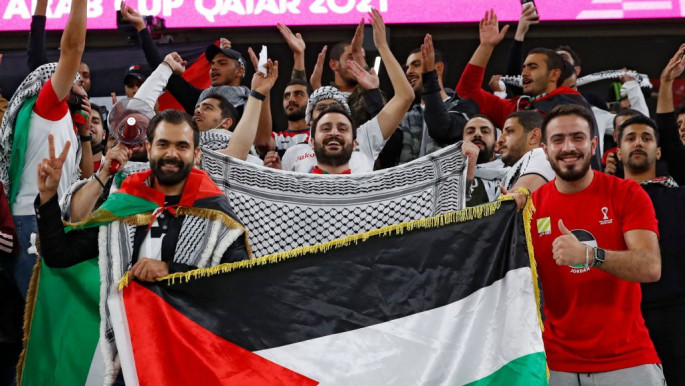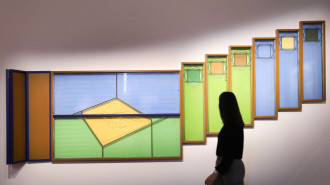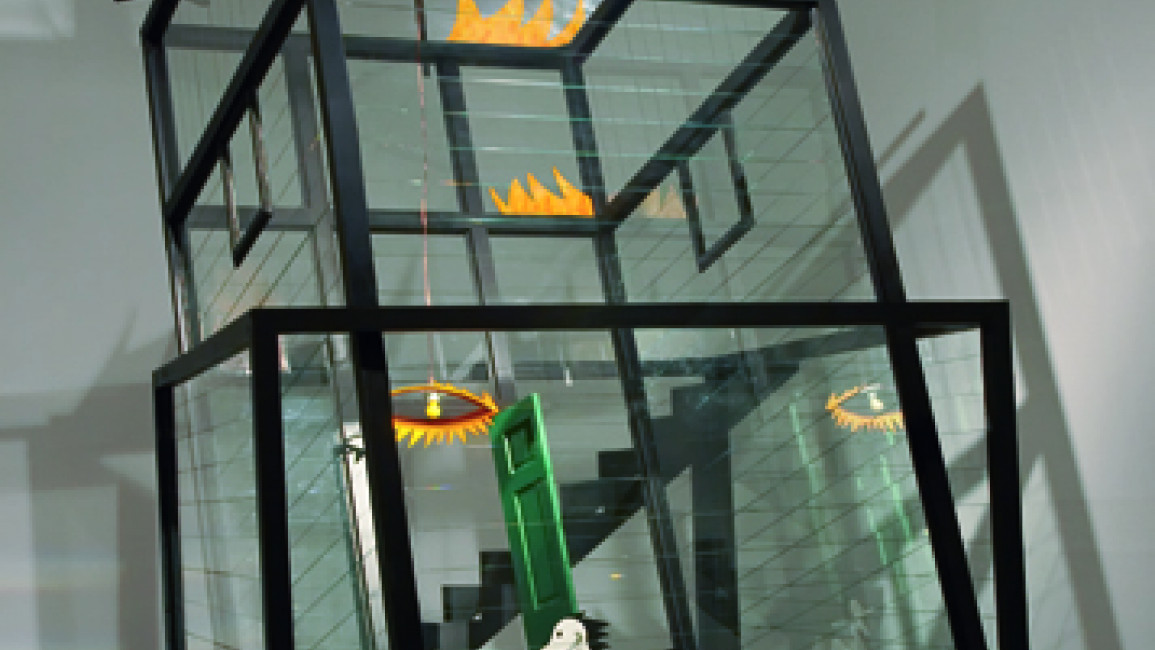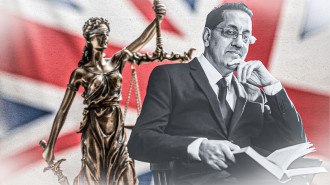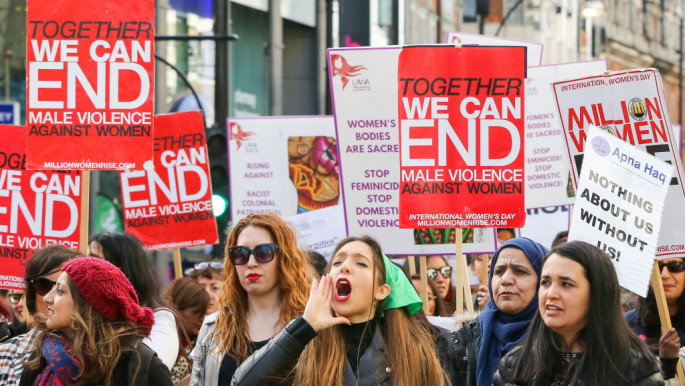IT MADE SENSE IN PUTIN'S RUSSIAN
Russian foreign minister makes bizarre comments comparing Ukraine to Palestineto 'calm people down'

Sergei Lavrov recently said Hitler had Jewish blood, causing a geopolitical storm in which Putin was forced to apologise to Israel [source: Getty]
Russia’s Foreign Minister made bizarre comments shared on social media last week saying that if people are losing sleep over Moscow's invasion of Ukraine, they could compare Ukraine to Palestine.
Sergei Lavrov, one of President Vladimir Putin's closest allies, said he saw advice on Telegram from the Middle East claiming that to "calm down" amid the conflict, you can imagine the war is happening in Africa or the Middle East.
"Imagine Ukraine is Palestine, imagine Russia is the United States," he said in a video which has now been watched more than 80,000 times.
The confusing remarks, shared by the Russian Mission in Geneva on Twitter, were made in response to what Lavrov called “hysteria” from the United States, and other Ukrainian allies.
"When the United States declares that there is a threat to the United States 10,000 kilometres from the border of the United States, some people were grumbling, some were expressing their concern, but there was no hysteria like the one we witness today," said Lavrov. The video was shared on May 11, but it is unclear what day it was filmed, reported to Newsweek.
"You know, there was one interesting message I saw in Telegram from the Middle East. They say if you 'cannot sleep' because of the Russian conflict, there are some advices to calm you down,” said Lavrov.
“First, imagine this is happening in Africa. Imagine this is happening in the Middle East. Imagine Ukraine is Palestine, imagine Russia is the United States."
One user, who replied to the Embassy's post in Russian, said: “Don’t compare apples to oranges, and don’t think the EU is naive.”
Lavrov caused a geopolitical storm recently after he said Hitler had Jewish blood when asked why Ukraine’s President Volodymyr Zelensky could, as Russia claims, oversee a “Nazi” regime.
Israel’s Foreign Minister Yair Lapid condemned the comment as “unforgivable”.
Putin was forced to make a rare public apology over the remarks.
Russia launched its invasion of Ukraine, which Moscow calls a "special military operation", over two months ago. Thousands of people have been killed and millions forced to flee their homes in the conflict.
The Kremlin has launching a robust disinformation campaign to shield Russians from the realities of unprovoked attacks and alleged war crimes in Ukraine.
Kremlin Foreign Minister Sergei Lavrov made strange comments in a video posted online last week saying 'if you 'cannot sleep' because of the Russian conflict...Imagine Ukraine is Palestine, imagine Russia is the United States'.
«если вам не спится из-за конфликта с Россией… Представьте, что Украина — это Палестина, а Россия — это Соединенные Штаты».
«yesli vam ne spitsya iz-za konflikta s Rossiyey… Predstav'te, chto Ukraina — eto Palestina, a Rossiya — eto Soyedinennyye Shtaty».
NOPE GUESS NOT

Sergei Lavrov recently said Hitler had Jewish blood, causing a geopolitical storm in which Putin was forced to apologise to Israel [source: Getty]
Russia’s Foreign Minister made bizarre comments shared on social media last week saying that if people are losing sleep over Moscow's invasion of Ukraine, they could compare Ukraine to Palestine.
Sergei Lavrov, one of President Vladimir Putin's closest allies, said he saw advice on Telegram from the Middle East claiming that to "calm down" amid the conflict, you can imagine the war is happening in Africa or the Middle East.
"Imagine Ukraine is Palestine, imagine Russia is the United States," he said in a video which has now been watched more than 80,000 times.
The confusing remarks, shared by the Russian Mission in Geneva on Twitter, were made in response to what Lavrov called “hysteria” from the United States, and other Ukrainian allies.
"When the United States declares that there is a threat to the United States 10,000 kilometres from the border of the United States, some people were grumbling, some were expressing their concern, but there was no hysteria like the one we witness today," said Lavrov. The video was shared on May 11, but it is unclear what day it was filmed, reported to Newsweek.
"You know, there was one interesting message I saw in Telegram from the Middle East. They say if you 'cannot sleep' because of the Russian conflict, there are some advices to calm you down,” said Lavrov.
“First, imagine this is happening in Africa. Imagine this is happening in the Middle East. Imagine Ukraine is Palestine, imagine Russia is the United States."
One user, who replied to the Embassy's post in Russian, said: “Don’t compare apples to oranges, and don’t think the EU is naive.”
Lavrov caused a geopolitical storm recently after he said Hitler had Jewish blood when asked why Ukraine’s President Volodymyr Zelensky could, as Russia claims, oversee a “Nazi” regime.
Israel’s Foreign Minister Yair Lapid condemned the comment as “unforgivable”.
Putin was forced to make a rare public apology over the remarks.
Russia launched its invasion of Ukraine, which Moscow calls a "special military operation", over two months ago. Thousands of people have been killed and millions forced to flee their homes in the conflict.
The Kremlin has launching a robust disinformation campaign to shield Russians from the realities of unprovoked attacks and alleged war crimes in Ukraine.
